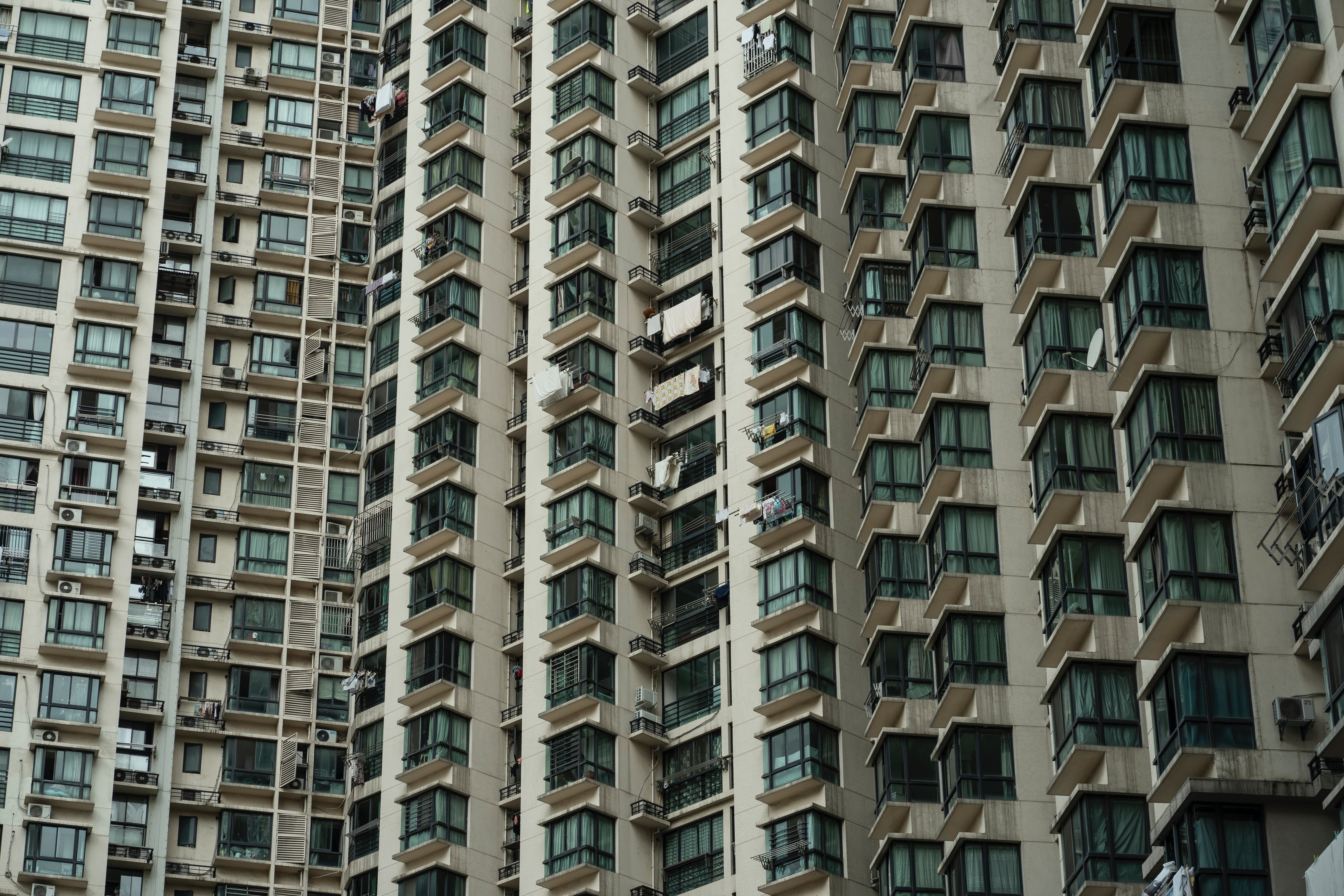Media release
From: American College of PhysiciansFecal aerosol from pluming system may be to blame for COVID-19 spread in China high-rise
The presence of SARS-CoV-2 in fecal material has raised the possibility of viral transmission via a fecal–oral route. Researchers from the University of Hong Kong investigated whether SARS-CoV-2 transmission via fecal aerosols in the drainage pipe system may have been the cause of COVID-19 infection in a cluster of three families living in a high-rise apartment building in Guangzhou, China. The team studied throat swabs from infected patients, other building residents, and building staff; 237 surface and air samples from 11 of the 83 flats in the building, public areas, and building drainage systems; and tracer gas released into bathrooms as a surrogate for virus-laden aerosols in the drainage system. Based this circumstantial evidence, the researchers concluded that the outbreak within the block may have been caused by fecal aerosol transmission that occurred after toilet flushing by infected patients. The researchers suggest ways to prevent such transmission, such as adequate hygiene in sanitary drainage, and bathroom ventilation and hygiene. Read the full text.
The author of an accompanying editorial from Heriot-Watt University, Edinburgh, United Kingdom, discusses the researchers’ findings and why wastewater systems, particularly those in high-rise buildings, deserve closer investigation as a reservoir for harmful pathogens. Read the full text.


